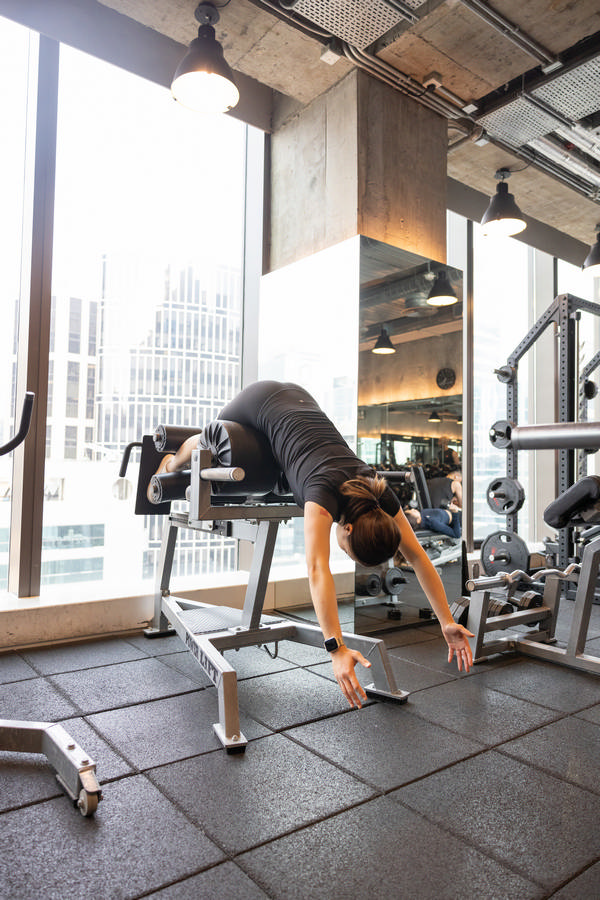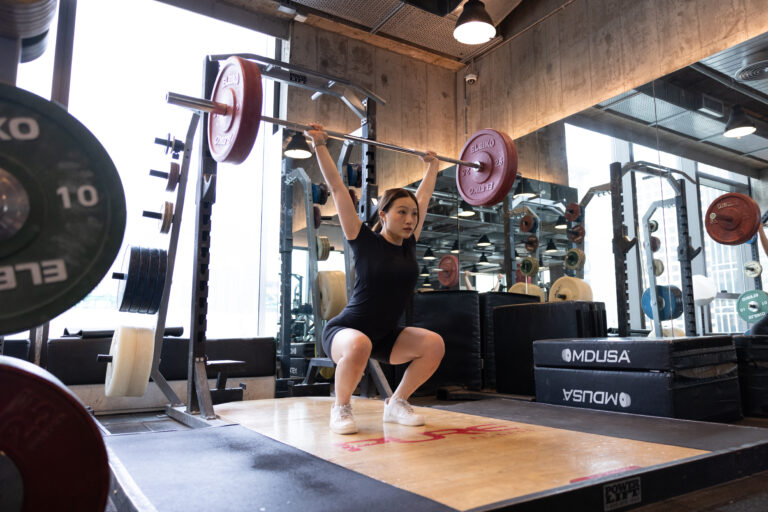Reading Time: 4~7 minutes
15 March 2024
Sports are exhilarating, demanding, and, quite frequently, unforgiving.
From the measured tactics of table tennis to the bone-crunching tackles of rugby, every sport carries its own distinct set of risks so injury prevention should be a top priority for athletes, coaches, and anyone passionate about physical activity.
While it may be impossible to avoid all injuries, the risk can be greatly reduced through targeted exercises that strengthen the body and prepare it for the rigours of athletic activity.
In this extensive guide, we’ll explore practical and essential injury-prevention exercises for the top five common sports injuries.


Experiencing a sprain or strain can be an athlete’s most common setback. Often occurring in sports that require sudden changes in direction, such as soccer or basketball, these injuries impact ligaments (sprains) and muscles or tendons (strains). Partial or complete tears can sideline athletes for weeks or even months.
Exercise focus:


Hamstring strains are most common in sports like track and field and football and it can range from mild pulls to severe tears. Athletes may feel sudden pain in the back of the thigh when these injuries occur, often due to over-striding or overuse without proper conditioning.
Exercise focus:

Knee injuries, particularly anterior cruciate ligament (ACL) tears, are feared by athletes in sports such as basketball and soccer. These often result from sudden stops, direction changes, or poor landing mechanics.
Exercise focus:

Shoulder injuries, like rotator cuff tears, can be attributed to repetitive overhead motions common in sports such as swimming, tennis, and baseball. Weakness in the shoulder’s stabilising muscles can lead to tears under strain.
Exercise focus:

Lateral Epicondylitis, commonly known as tennis elbow, is an injury affecting the tendons on the outside of the elbow. Sports that involve repetitive gripping actions, like racquet sports or weightlifting, can contribute to its development.
Exercise focus:
To take your performance to the next level, seeking the guidance of a sports physiotherapist or a personal trainer with a sports-focus can be invaluable.
These experts can tailor a programme to address the specific needs and vulnerabilities of an individual, factoring in their sport, current fitness level, and any previous injury history.
Plus, mentorship and education around these exercises can prepare athletes to manage their fitness independently, making it easier to incorporate injury prevention into everyday training.
By making injury prevention a non-negotiable aspect of sports training, athletes and their support teams invest in a future that’s not plagued by preventable setbacks.
It’s a strategy that’s both cost-effective, considering the potential financial costs of serious injuries, and a definitive step towards a long and successful athletic career.

A fresh approach to a wellness studio that helps you unscramble your head and Re:set your system mentally, physically and emotionally – powering you up to feel your best again.

Whether you want to tone your body or pump up your cardio, harness the power and grit with PURE Fitness.

From private yoga to specialised classes, enjoy the ultimate yoga experience with PURE Yoga and lead happier, healthier, and more balanced lives.
From yoga to fitness, PURE Online provides scheduled and on-demand workout videos to practise anytime and anywhere.
noodfood offers only the good stuff — delicious and nutritious food and drinks including cold-pressed juices, raw foods and organic snacks to keep you happy and healthy.

A fresh approach to a wellness studio that helps you unscramble your head and Re:set your system mentally, physically and emotionally – powering you up to feel your best again.

Whether you want to tone your body or pump up your cardio, harness the power and grit with PURE Fitness.

From private yoga to specialised classes, enjoy the ultimate yoga experience with PURE Yoga and lead happier, healthier, and more balanced lives.
From yoga to fitness, PURE Online provides scheduled and on-demand workout videos to practise anytime and anywhere.
noodfood offers only the good stuff — delicious and nutritious food and drinks including cold-pressed juices, raw foods and organic snacks to keep you happy and healthy.
A fresh approach to a wellness studio that helps you unscramble your head and Re:set your system mentally, physically and emotionally – powering you up to feel your best again.
Whether you want to tone your body or pump up your cardio, harness the power and grit with PURE Fitness.
From private yoga to specialised classes, enjoy the ultimate yoga experience with PURE Yoga and lead happier, healthier, and more balanced lives.
From yoga to fitness, PURE Online provides scheduled and on-demand workout videos to practise anytime and anywhere.
noodfood offers only the good stuff — delicious and nutritious food and drinks including cold-pressed juices, raw foods and organic snacks to keep you happy and healthy.
A fresh approach to a wellness studio that helps you unscramble your head and Re:set your system mentally, physically and emotionally – powering you up to feel your best again.
Whether you want to tone your body or pump up your cardio, harness the power and grit with PURE Fitness.
From private yoga to specialised classes, enjoy the ultimate yoga experience with PURE Yoga and lead happier, healthier, and more balanced lives.
From yoga to fitness, PURE Online provides scheduled and on-demand workout videos to practise anytime and anywhere.
noodfood offers only the good stuff — delicious and nutritious food and drinks including cold-pressed juices, raw foods and organic snacks to keep you happy and healthy.
Let us know how we can help you.
Form submitted. Our representative will contact you shortly.
Form submitted. We will Our representative will contact you shortly.
Let us know how we can help you.
Form submitted. Our representative will contact you shortly.